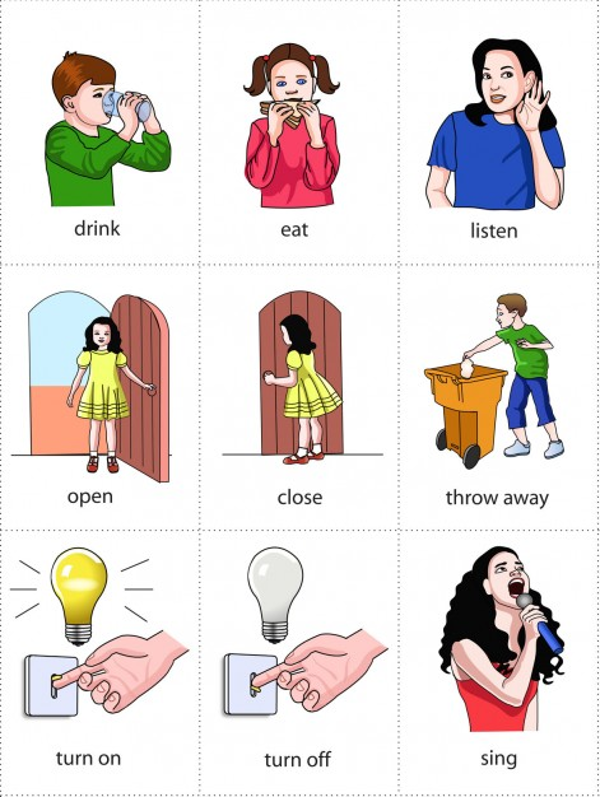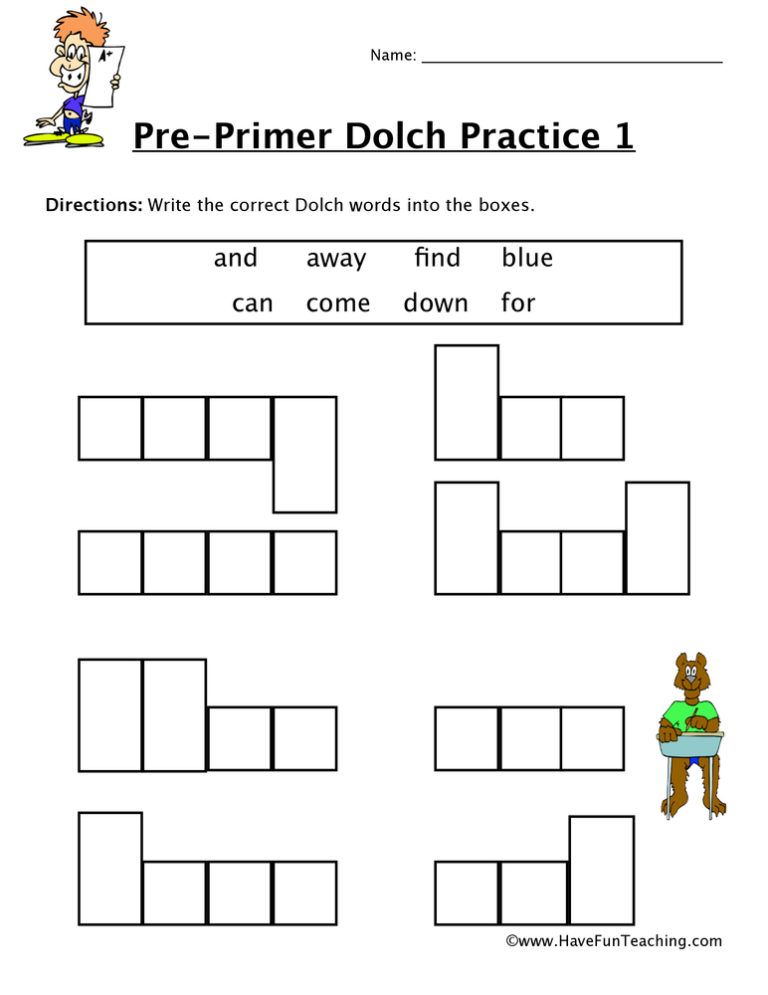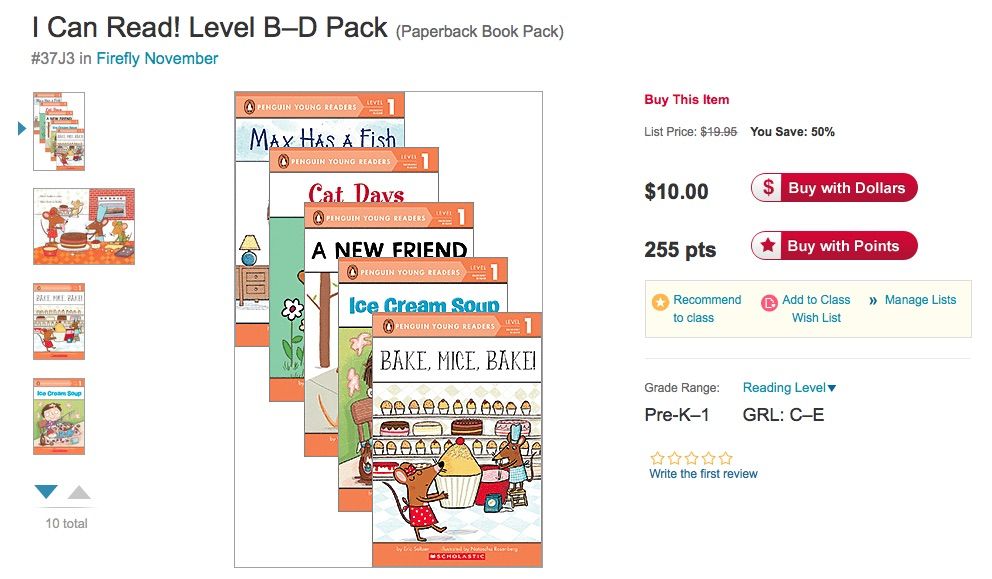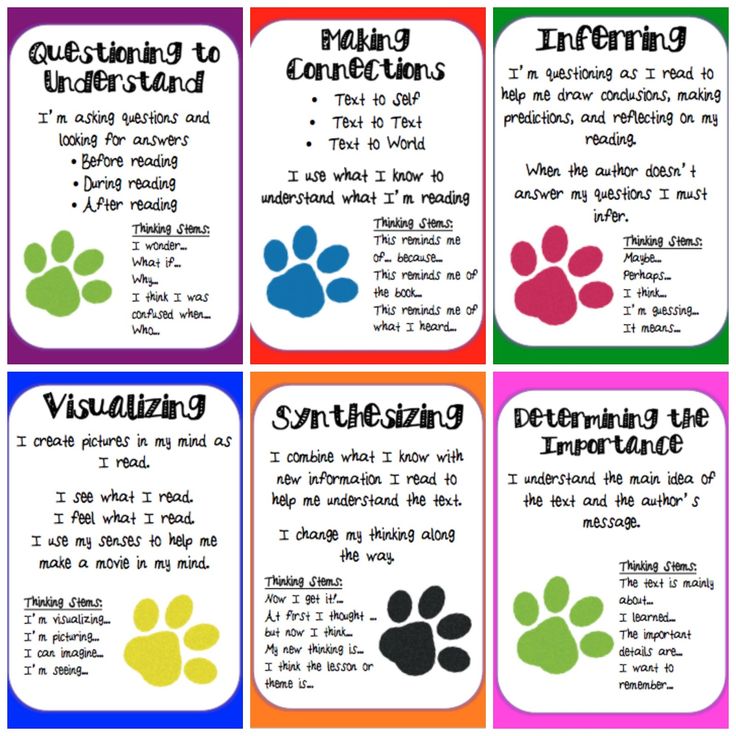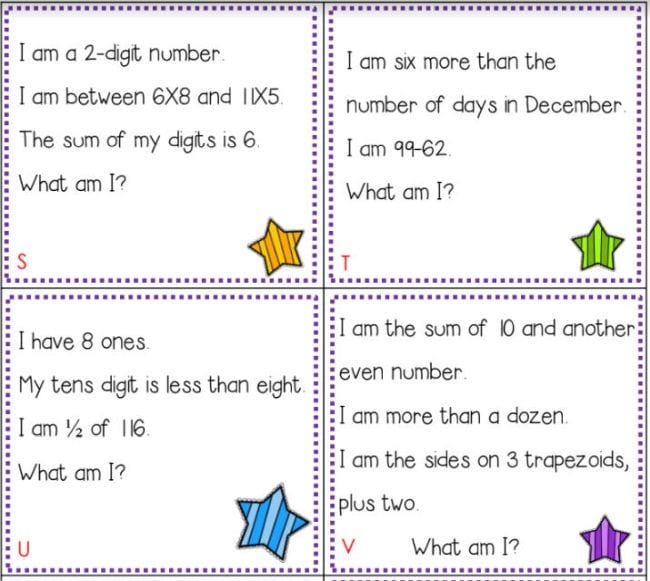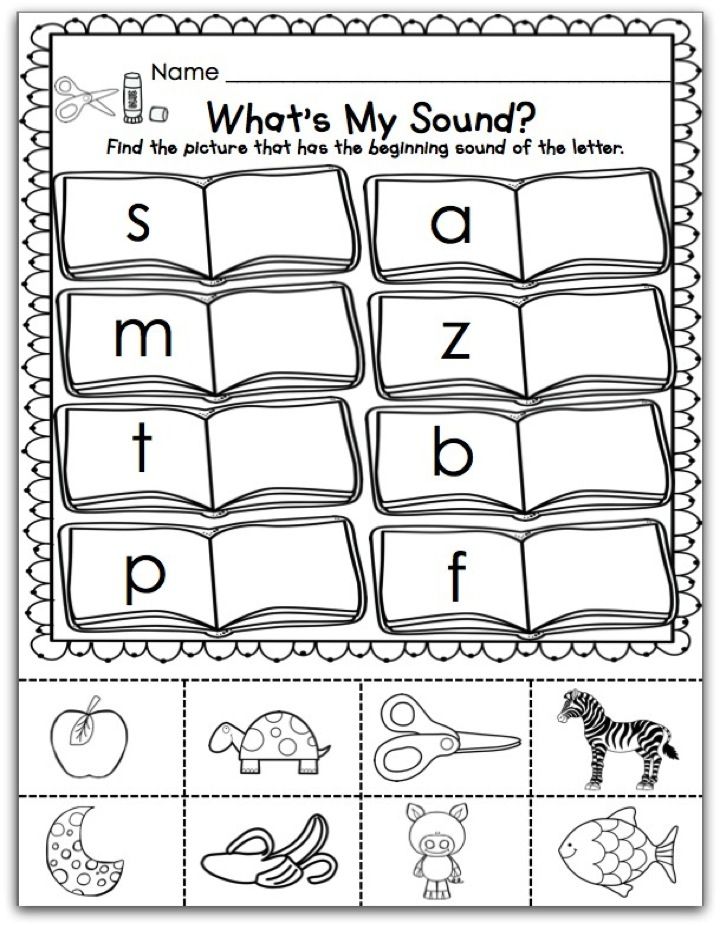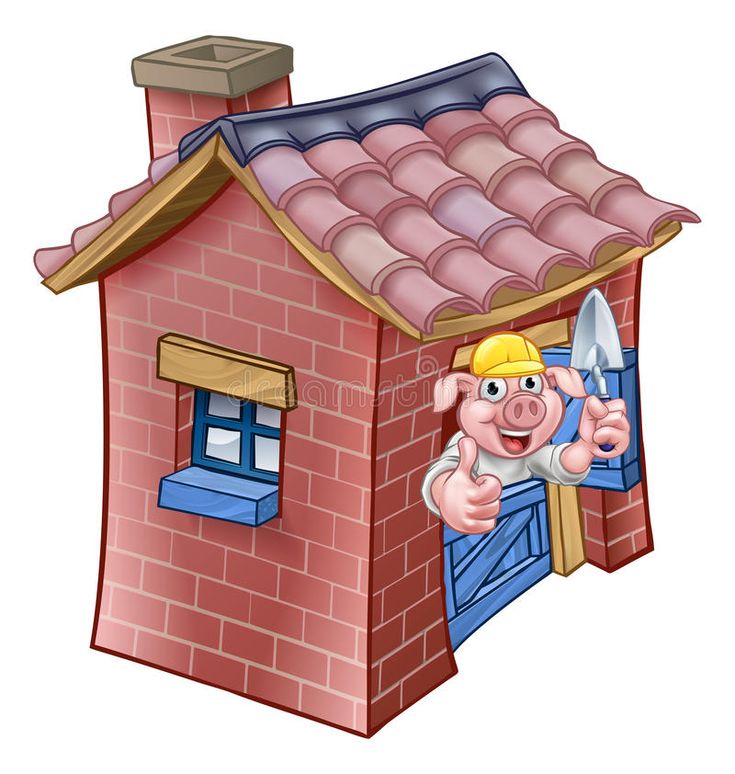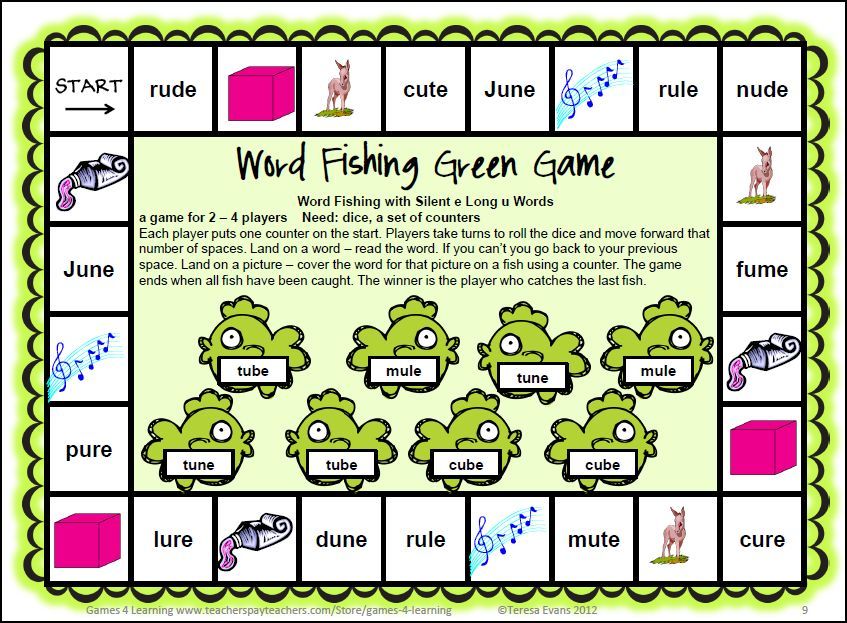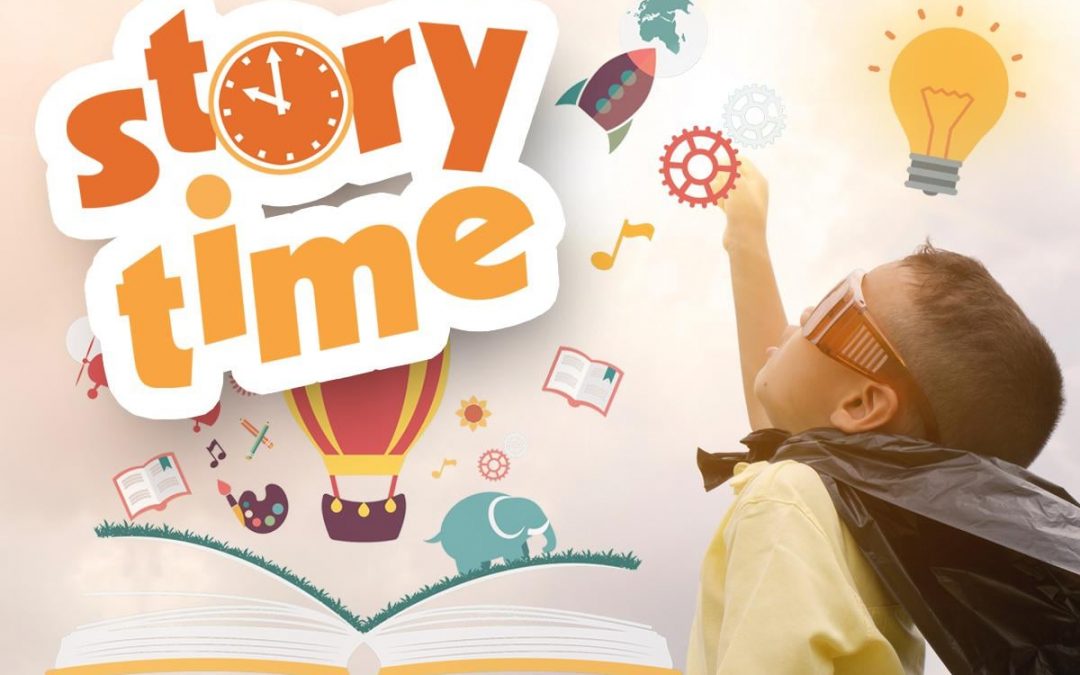Simple games for 3 year olds
10 fun and educational games to play with toddlers
The right game can boost your kid’s cognitive, physical and emotional skills. Kick off playtime with some easy toddler games that are fun and educational!
You’ve probably heard the saying that kids are like sponges—this is especially true for toddlers. Little ones between the ages of one and three are always absorbing new things. Their main mode for learning: Playtime. They begin by playing side-by-side (called parallel play), then progress into more interactive stuff, where they engage with and absorb information from their playmates. The right game can boost your kid’s cognitive, physical, and emotional skills, so get your toddler started with one of these games:
1. Simon Says
A game that you can play one on one or with a group of kids, Simon Says is a classic that teaches kids how to follow instructions. The rules are easy: You are Simon and what you say goes. Call out commands—“Simon says touch your toes!—and your kid has to follow them. It’s key they listen for the words “Simon says”—if you call out a command like “Jump up!” without prefacing with Simon says, players can be eliminated. Be sure to throw in some funny commands, too—do a silly dance, wiggle your ears, hop like a frog! This game is great for teaching toddlers the names for their body parts.
2. Hot and cold
See his favourite stuffy over there? Hide it and then have him search the room. If he’s wandering away from it, he’s cold, and as he gets closer he’s warm, warmer, hot! If he gets frustrated, you can hold his hand while he looks around. This game will sharpen your kid’s emotional skills—he’ll learn patience, perseverance and the idea that just because you can’t see something, it doesn’t mean it isn’t there.
3. One for you, one for me
Perfect for younger toddlers, this game teaches sharing (see here for more on teaching your toddler how to share).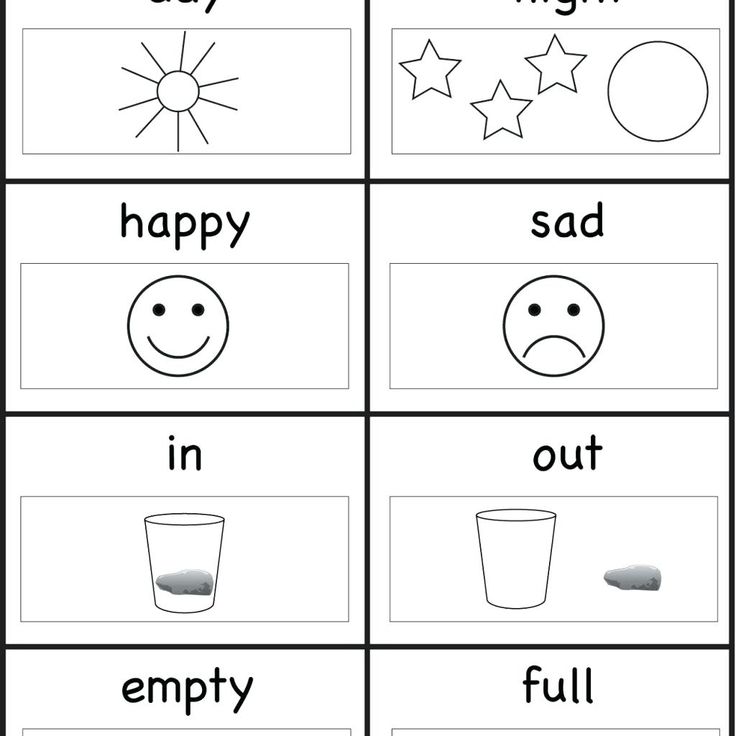 Set out a pile of objects like crayons or buttons and ask him to distribute them between you while saying “One for you, one for me.” Make sure you each have a container to hold your growing collections.
Set out a pile of objects like crayons or buttons and ask him to distribute them between you while saying “One for you, one for me.” Make sure you each have a container to hold your growing collections.
4. Hokey-Pokey
Another classic, this one is super fun to play and helps your kid follow instructions and learn the names for his body parts. The song “Hokey-Pokey” is a simple one with instructional lyrics. Playing is easy (you just do as the song says) and there are no losers!
You put your left foot (you can substitute for any body part) in,
You put your left foot out,
You put your left foot in, and you shake it all about!
You do the Hokey Pokey
(Raise hands, wiggle fingers, move arms—you can do whatever, really)
And you turn yourself around
(Turn around in a full circle)
That’s what it’s all about!
(Clap with each syllable)
5.
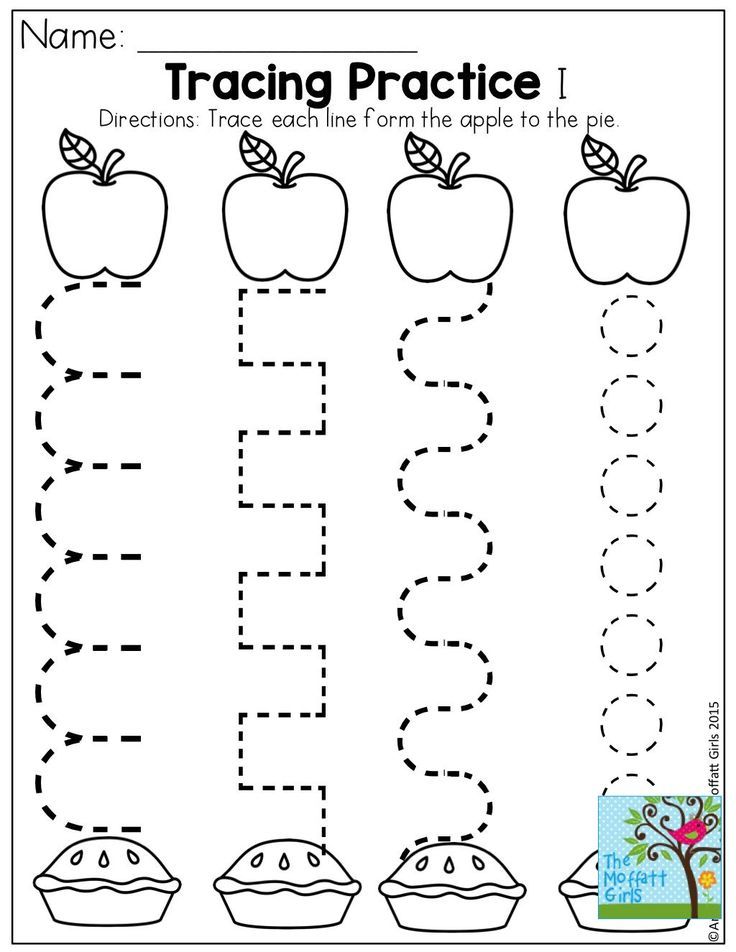 Parachute
ParachuteOften played at daycares or preschools, this game is best with more than two people. Spread out a large sheet (or a parachute if you have it!) and have everyone hold an edge tightly in both hands. Working together, you can slowly raise it overhead and say “Up, up, up!” then lower it saying “Down, down, down!” When you call “Under, under, under!” everyone can let go of the sheet and hurry under. Alternatively, you can get under the sheet while still holding its corners. This games helps kids develop their fine motor skills while teaching them to wait and listen.
6. Scavenger hunt
Is there anything more fun than a scavenger hunt? Send your toddler hunting for objects around the house based on commands, such as “find me something round” or “find me something red.” Or, you could ask her to choose a bunch of random objects and ask her questions like “Which one is blue?” or “Which one is longer?”
7.
Hide-and-seekTeach your little kid problem solving skills by hiding from him! Or, if you’d rather not hide, you can always ask your her to hide an object in another room or sneaky spot of her choice—it could be as simple as asking her to go put a wrapper in the trash without telling her where the trash can is.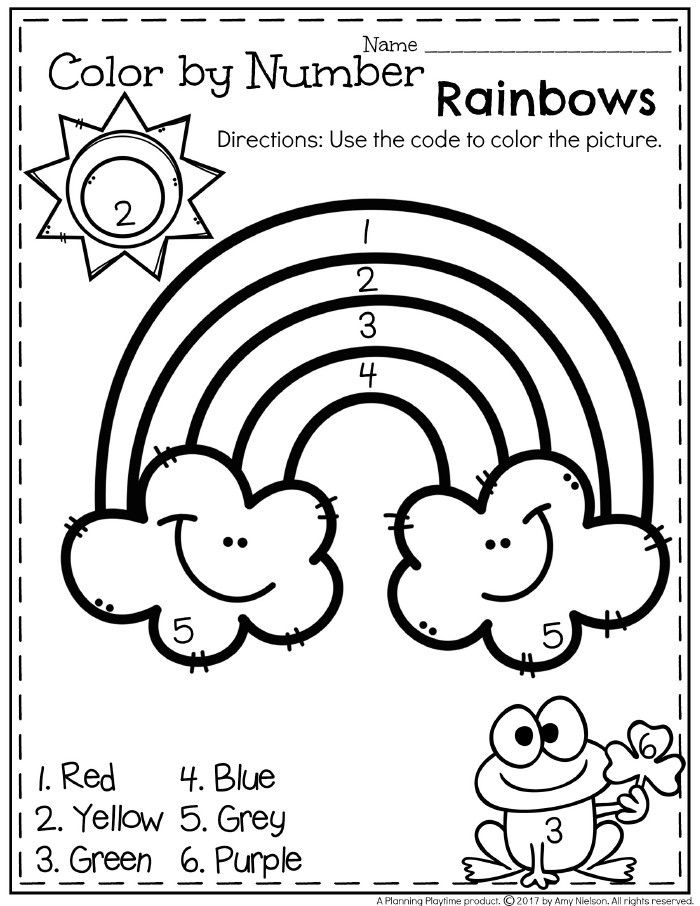
8.
Obstacle coursePromote gross motor skills, coordination and balance with a fun, safe obstacle course. If space allows, you can set up a small course in your living room or outside in the yard to get your kid rolling, jumping and running around, over or under objects or markers.
9. Puzzles
Puzzles are great games for toddlers because they cover all bases: Physical (from making the pieces fit), cognitive (actually solving the puzzle) and emotional skills (learning how to be patient.) Building a puzzle can also boost your kid’s memory, teach him about different shapes, and help him set (and meet!) simple goals.
10. Odd one out
Place a series of blocks of the same colour in front of your toddler, making sure to add at least one block that’s a different colour (you could also do this with small fruit or veggies). Once she’s had a chance to look at all the blocks, ask her which one is the odd one out. You can make this game harder by using flash cards of shapes or plants, then ask her which ones are similar and which ones are different.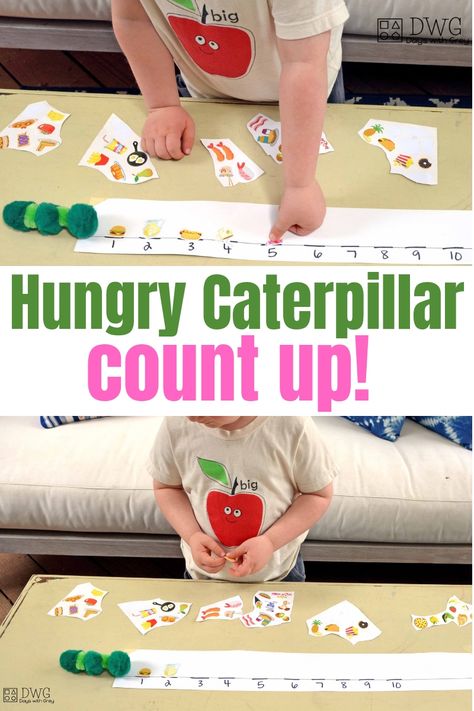
Read more:
6 fun indoor activities for toddlers
5 toddler games to play when you’re sick
Baby talk: Bad for your toddler’s language development?
Oops! We could not locate your form.
FILED UNDER: Games Indoor Activities Motor Skills service seo Toddler activities Toddler behaviour toddler games
20 Fun and Inventive Games for Three-Year-Olds
By age three, most preschoolers are able to sort objects by size and can understand longer sentences. They are ready to ride a tricycle, kick a ball or play catch. They are also able to play simple board games, develop sight word vocabulary and practice typing skills.
This series of educational online games, creative activities, painting and drawing ideas, engaging memory puzzles and fun physical activities will help sharpen their growing literacy and numeracy skills while keeping their energetic bodies moving.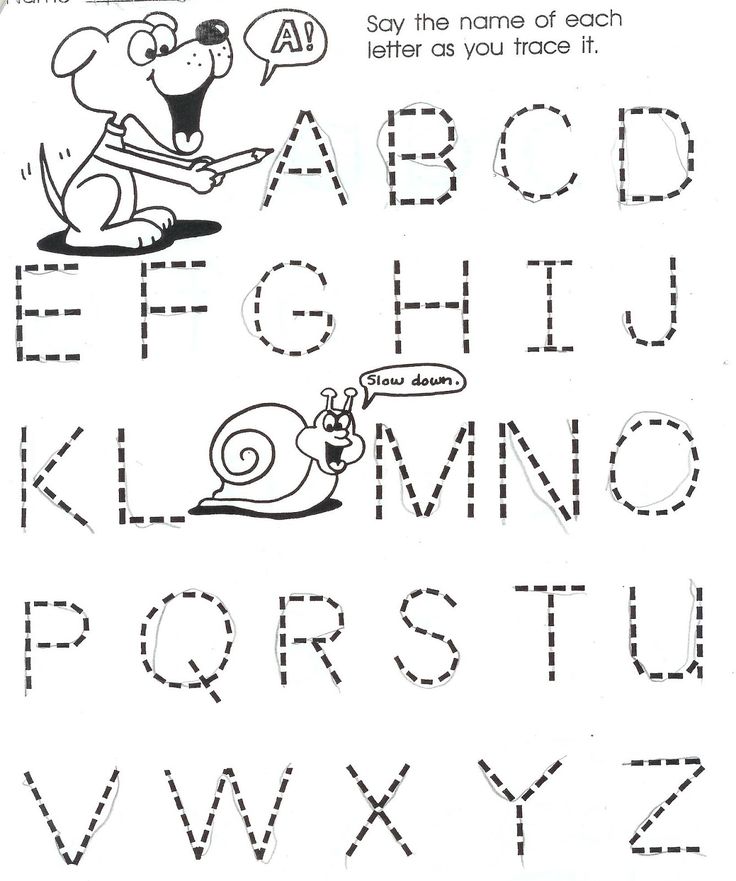
1. Have Some Family Quality Time with a Cooperative Board Game
Shop Now on Amazon
Count Your Chickens is a classic board game that challenges young learners to gather all their chickens into a coop. It makes for a fun way to teach counting and cooperation skills.
2. Play Follow the Leader
Follow the leader is a classic game that teaches many skills including following directions, sharpening concentration, developing cooperative skills as well as strengthening physical skills such as speed, balance, agility, and motor coordination.
Learn more: Empowered Parents
3. Make Sparkly Slime
Most kids are slime and glitter obsessed, so why not combine the two with a simple recipe? They can add magical unicorns, trucks, or any toys of their choice for hours of fun playtime!
Learn More: See Vanessa Craft
4. Make a Lego Table
Although made up of small pieces, Legos are safe for three-year-olds and provide hours of enjoyable playtime.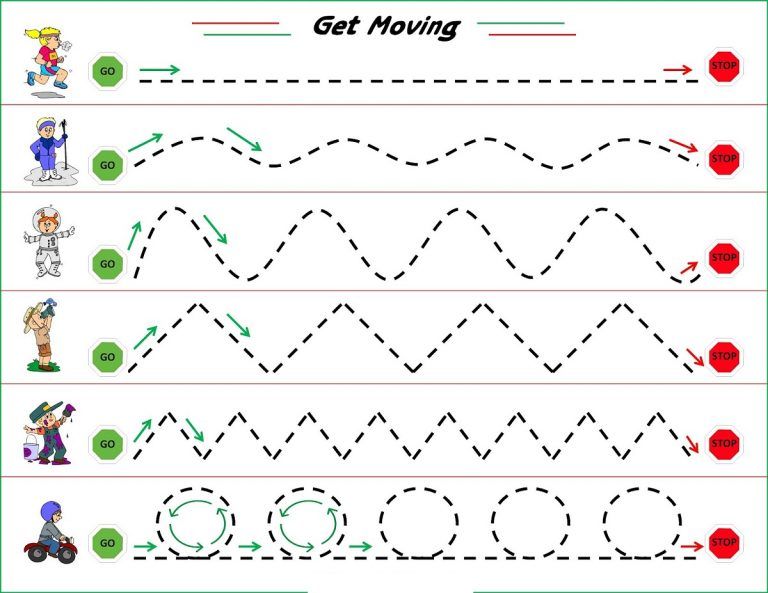 They help preschoolers develop problem-solving and logic skills while expressing their creativity and supporting their motor skill development and hand-eye coordination.
They help preschoolers develop problem-solving and logic skills while expressing their creativity and supporting their motor skill development and hand-eye coordination.
Learn More: Sunny Day Family
5. Felt Cookie Busy Bag
If You Give a Mouse a Cookie is a hilarious children’s book that goes very well with this crafty activity. Your toddler is sure to have plenty of fun getting creative with patterns and inventing colorful designs for their cookies.
Learn More: Views From a Step Stool
6. Have Fun with a Fishing Game
This engaging game combines sensory play and fine motor skills! It's an easy way to develop color recognition, counting, and memory skills.
Learn More: 7 Days of Play
7. Play the Matching Bug-Building Game
Shop Now on Amazon
This matching bug-building game challenges kids to build a Cootie bug from lots of colorful bug bodies, heads, and other fun parts, making for hours of creative playtime.
8. Play a Rainbow Counting Game
This bright printable game gives kids plenty of practice with number recognition, counting, estimating, and simple addition.
Learn More: Pickle Bums
9. Go on a Jello Dig
This slimy, squishy and super fun activity requires nothing more than Jello and some toys and loose parts for your toddler to discover!
Learn More: Busy Toddler
10. Construct a Bubble Pop Road
This reusable activity requires only bubble wrap on the floor and boxes for hills. Then it's your preschooler's turn to test out different cars and trucks and see which ones will pop the bubble wrap!
Learn More: Hands-on as we Grow
11.
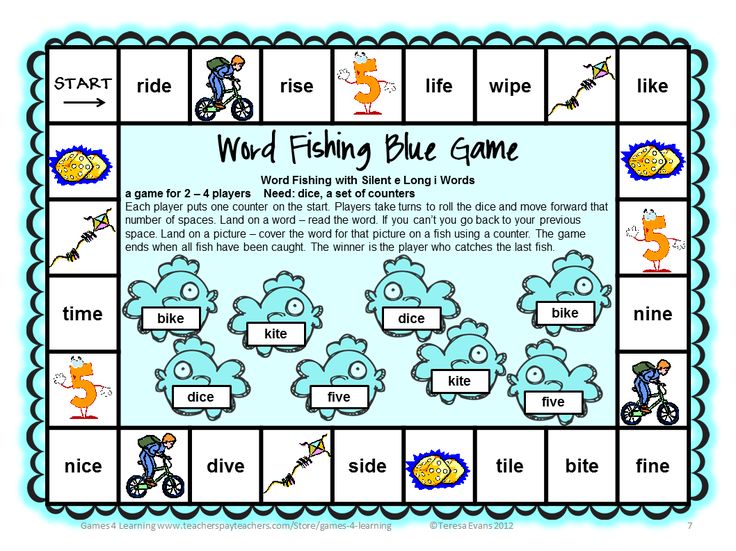 Play a Counting and Matching Online Game
Play a Counting and Matching Online Game This free, online educational game provides plenty of counting and matching games that teach the numbers to 20, using ten frames, counting, and number recognition practice.
Learn More: Top Marks
12. Play Peek-A-Boo with Farm Animals
This free farm animals printable makes for a fun game of peek-a-boo. Your preschooler is sure to love playing hide and seek with their choice of pigs, sheep, cows, or horses!
Learn More: Buggy and Buddy
13. Play a Cooking and Baking Game
Why not let your young learner get creative by helping with easy recipes such as fruit kebabs or decorating cupcakes? It's a great way to sharpen their cooking skills for later in life as well as being a fun family game.
Learn More: Cook Republic
14. Sort Apples and Oranges
This sorting activity can also be practiced with red and blueberries, cereal, small crackers, or even items from nature such as pebbles and leaves.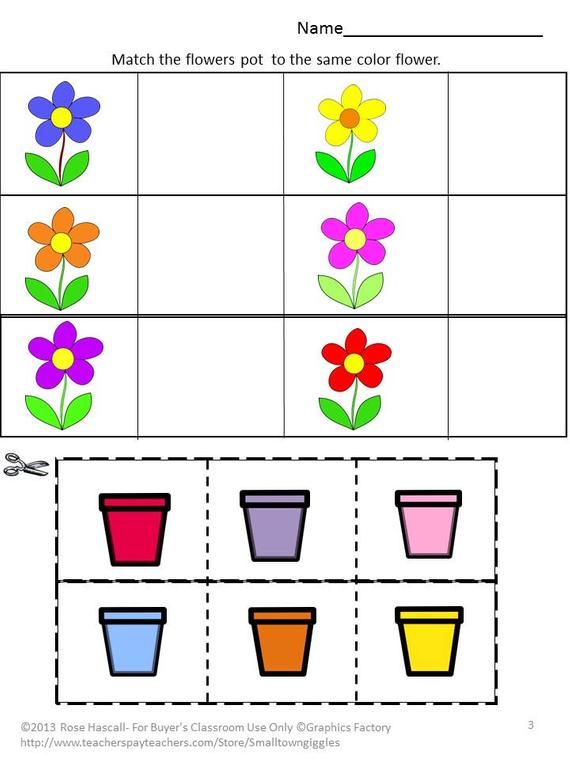 it's a great way to develop math skills such as sorting and counting as well as discussing the concept of same and different.
it's a great way to develop math skills such as sorting and counting as well as discussing the concept of same and different.
Learn More: Zero to Three
15. Develop Geometry Skills With a Fun Learning Game
What better way to learn about shapes than making silly faces? Kids can let their imaginations run wild, combing bananas, pizza, and candy corn to make the funniest faces they can come up with!
Learn More: Education.com
16. Loose Parts Play
Loose pieces can range from recycled items to tile pieces to rocks, pebbles, and beads. It's a great way to expose your preschooler to different textures and materials and help them gain a better understanding of the natural world around them.
Learn More: Fantastic Fun and Learning
17. Engage in Bubble Wrap Learning
Kids love bubblewrap so it makes for an easy choice for developing their counting skills or word recognition and comprehension skills.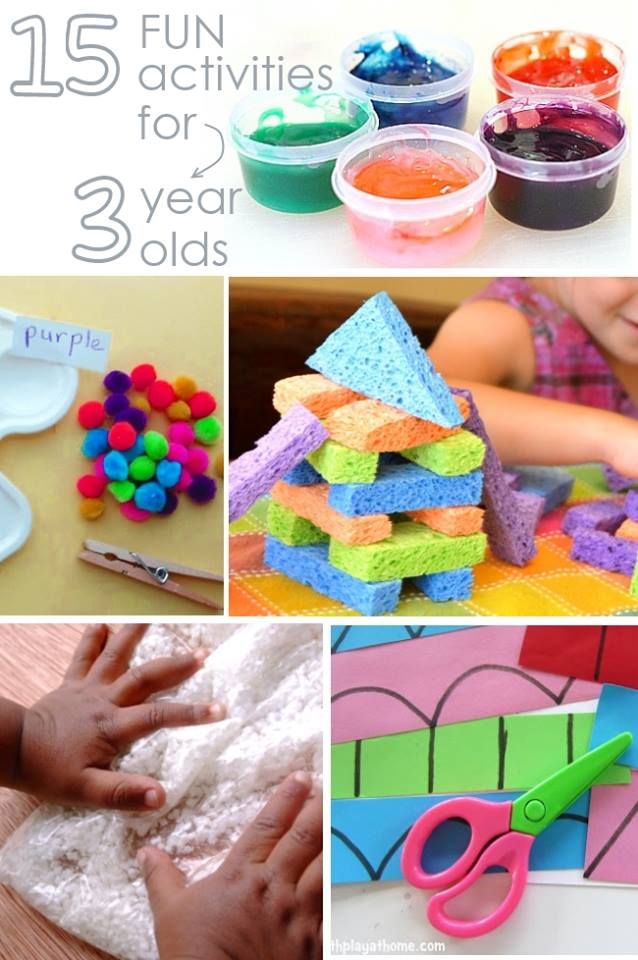
Learn More: Meaningful Mama
18. Cotton Ball Fun
This simple activity requires only cotton balls and makes for a great way to develop fine motor skills as well as discuss relevant vocabulary such as 'soft, squishy, and white'.
Learn More: The Stay-At-Home Mom Survival Guide
19. Make a Block Tower
There are so many ways to incorporate learning with blocks. Kids can match base colors, practice their counting skills or just let their imagination run wild while developing color recognition and matching skills.
Learn More: Kidadl
20. Try Painting With Rolling Pins
Rolling pins and bubble wrap combine to create a fun, inventive, and super engaging art activity for your preschooler. The final effect is textured and vibrant, making for a beautiful display or keepsake.
Learn More: Teaching 2 and 3-year-olds
Educational games for children from 3 to 4 years old.
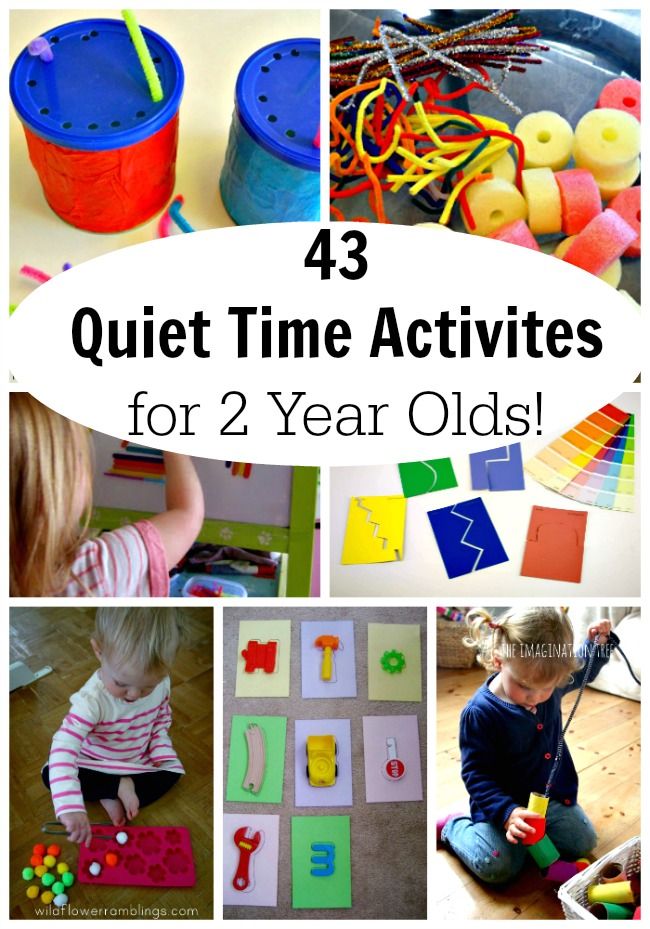 List of games with recommendations
List of games with recommendations Children aged 3-4 have an enormous amount of energy. They don't seem to get tired at all and are always ready to play and have fun!
In order for the child's independent play not to take on a destructive character, he should be occupied in such a way that the game would be interesting and understandable for him.
No one discounts everyone's favorite games: hide and seek, hide and seek, and classics. But, in addition to all any games, there are many others, no less entertaining and developing, different for indoors or outdoors.
Outdoor games for children 3-4 years old
1. Sunny
The game is perfect for a park or going out into nature, it is interesting for children of any age. For the first time, it is better for an adult to be the leader, after a few games the kid will understand the rules and can easily play the role of a leader. This game can be played from three players, but the more - the more fun.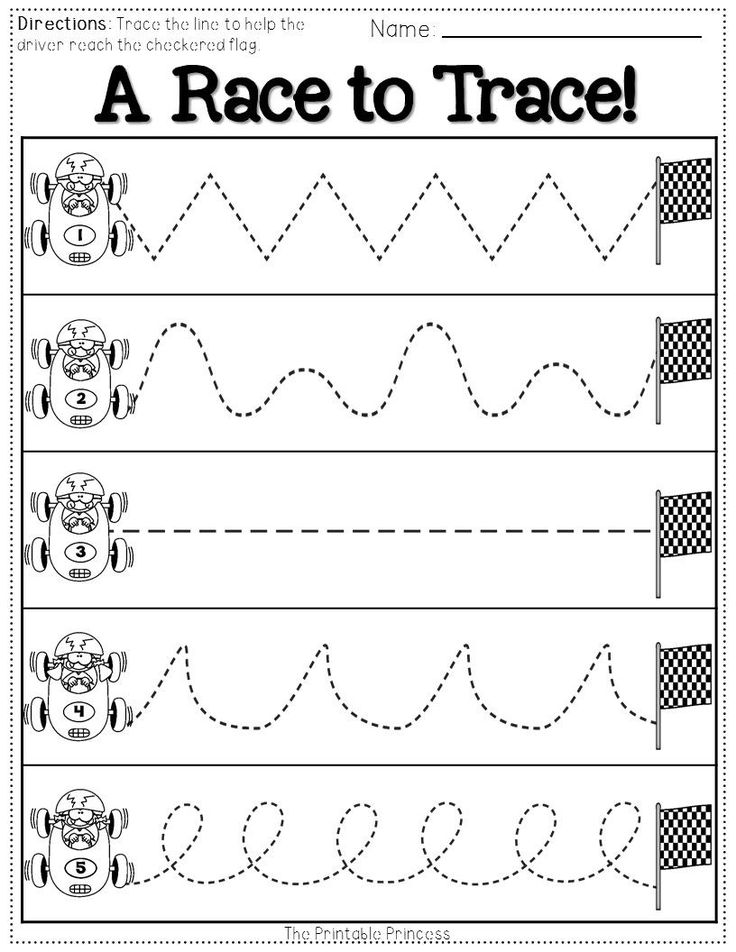 The game consists of three stages. All participants and the facilitator gather together, the facilitator closes his eyes and starts counting to ten. During this time, players must find a place to hide. After the countdown, the host opens his eyes and looks for the players. The main difference from the game of "hide and seek" is that the leader can only turn around without leaving the place where he stands. If the leader is a child, then for ease of understanding it is better to indicate the place from which he is looking, and the framework that cannot be exceeded. When the facilitator notices the players, he calls them out loud by their names; if he doesn’t see anyone else, then he shouts “Sun”, after which the players must run to the leader.
The game consists of three stages. All participants and the facilitator gather together, the facilitator closes his eyes and starts counting to ten. During this time, players must find a place to hide. After the countdown, the host opens his eyes and looks for the players. The main difference from the game of "hide and seek" is that the leader can only turn around without leaving the place where he stands. If the leader is a child, then for ease of understanding it is better to indicate the place from which he is looking, and the framework that cannot be exceeded. When the facilitator notices the players, he calls them out loud by their names; if he doesn’t see anyone else, then he shouts “Sun”, after which the players must run to the leader.
After that, the second end begins. Everything is the same, only the leader counts to seven, and not to ten.
In the third horse, the leader counts to three. If the leader did not see everyone in the last horse and shouted “Sun”, then the players win, but if the leader found everyone, then he wins.
The game is dynamic and very fun, it promotes the development of mindfulness, orientation in space and a quick search for solutions.
2. I can't see - I can't hear
An excellent game for a parent and a child of 3-4 years old, the number of players from two to infinity. The rules are as follows: when the host says “I don’t see”, players can run around, jump and jump, but in absolute silence. If someone utters a sound - lost. When the presenter says “I don’t hear,” you can and should make noise, sing, laugh, but at the same time stand still. The one who left his seat or moved (not counting his mouth) lost. The game will cause a storm of delight, the children will run in plenty, scream, and later you can use the game as a lifesaver if you need to ask the child to keep silence or stillness for a while.
Such games help to develop patience and the ability to listen to adults in a child.
3. Touch my shadow
A modified game of chasing, only you need to touch not the player, but his shadow.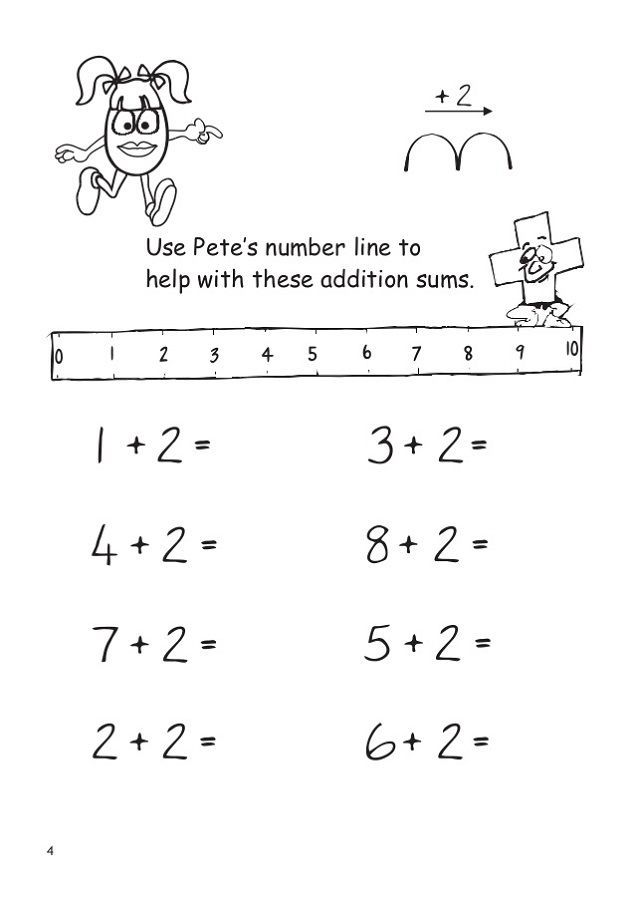 In this game, there can be from two participants. It is much easier for children of three years to play this game than adults, since it is in this game that a small stature is an undeniable advantage, since there is no need to bend over.
In this game, there can be from two participants. It is much easier for children of three years to play this game than adults, since it is in this game that a small stature is an undeniable advantage, since there is no need to bend over.
The rules can be changed: for example, touching the shadow with your foot or hand.
4. Traffic light
A great game to help kids as young as four learn colors. You can play from three people.
There are two variants of the game.
The first version of , which is familiar to all of us since childhood. Two lines are drawn at a distance of 3-4 meters from each other, on one line - the participants, on the other - the leader. The host turns away from the players, calls the color and turns back. Those who have this color on their clothes calmly pass behind the leader's line. Those who do not have this color must run across, and the one whom the leader grabs first takes his place. If the leader did not grab anyone or everyone found the color on their clothes, he continues to play the game.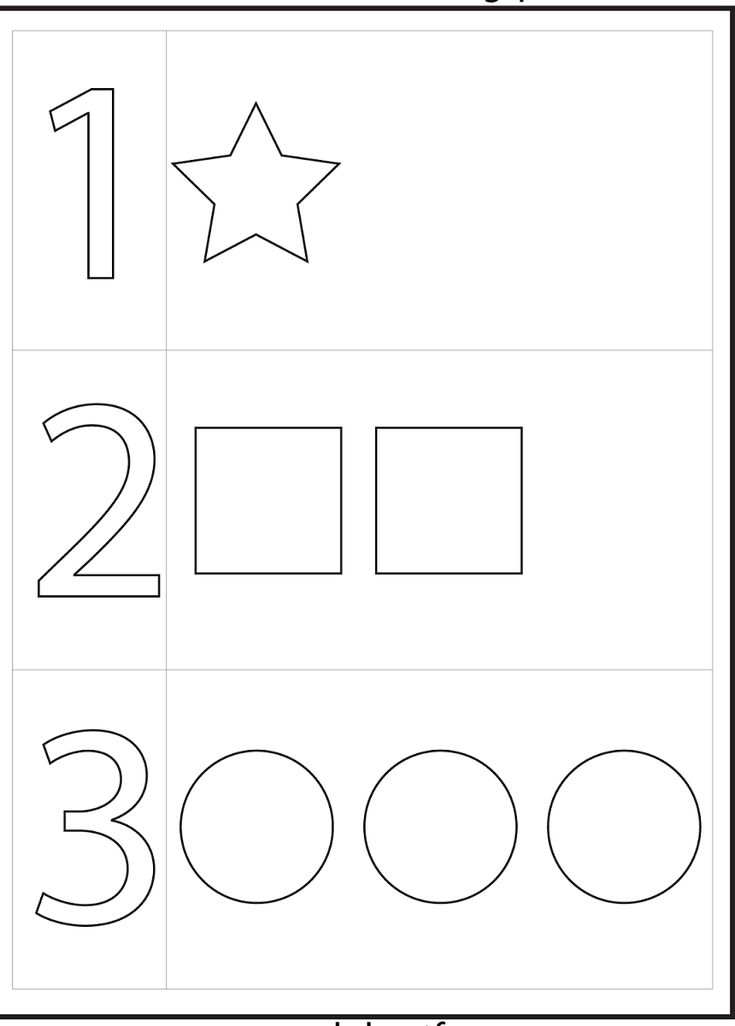
The second version of the game . All participants gather together, the host sings the following song:
“I see something, I see somewhere,
I see something ( here any color is called ) colors,
And now for one or two -three
Find the right color as soon as possible»
After that, the participants must find the hidden color and touch it with their hand as quickly as possible. It can be on clothes, on objects around, on the leader. The one who found the color last becomes the leader. If a child at the age of three finds it difficult to sing a song, he can simply name a color.
Games for children 3-4 years old in an apartment
1. Obstacle course
This game will require a little preparation and imagination. In order to turn the game into an incredible adventure, a legend is needed: depending on the interests of a child of 3-4 years old, you need to come up with names for obstacles. For example, if the baby is interested in dinosaurs, then the pillow tunnel will be called "Dinosaur Fang".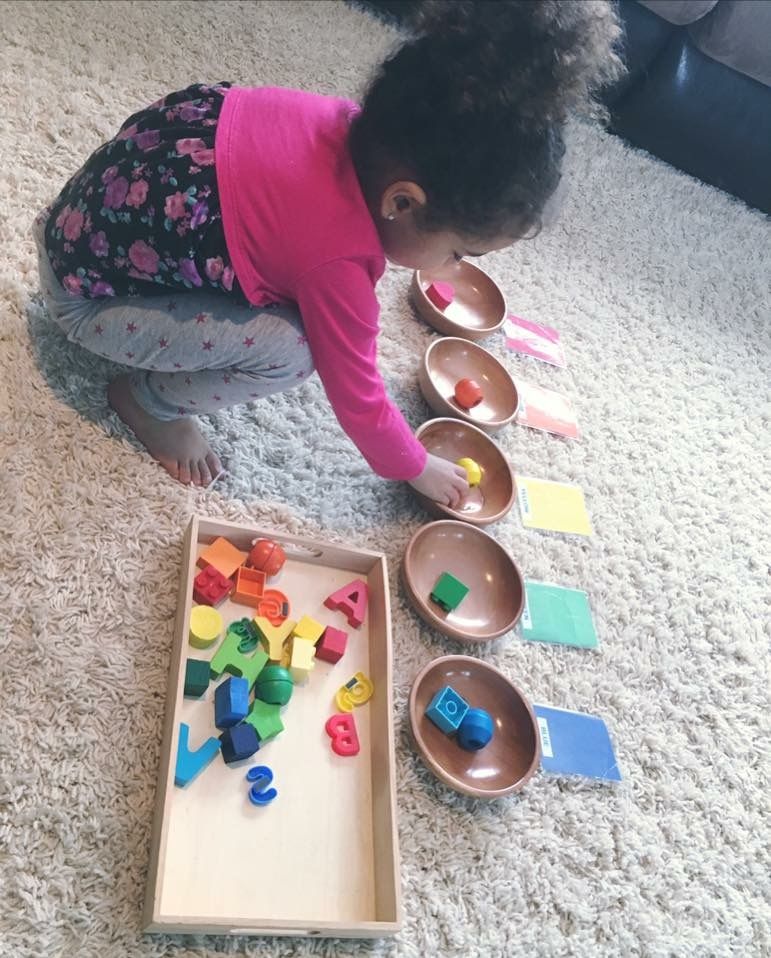 You can come up with a small reward for passing the lane.
You can come up with a small reward for passing the lane.
Tasks on the runway can be absolutely anything, depending on the equipment of the room. Here are a few examples:
- A broom can be used as a jump barrier or to crawl under.
- You can build a tunnel out of pillows and chairs.
- Any rope or tape can be placed on the floor. The task of the baby is to walk along it, like on a tightrope.
- One of the stages can be throwing the ball into the basket, target or bowl.
- Collecting toys for speed is also great as a stage.
At the very beginning of the game, the kid should announce how many trials and obstacles he will have to overcome and when he will be rewarded.
2. Cold-hot
Game for two people. One of the participants leaves the room, while the other hides the object. The second returns and must find the hidden. The first participant can prompt using only two words: “cold” - if the player moves away from the object; "hot" - if approaching him. After finding the subject, the roles change. The game promotes the development of logical thinking and mindfulness.
After finding the subject, the roles change. The game promotes the development of logical thinking and mindfulness.
3. Trap
For this game you will need a skein of non-sewing items. thread (preferably stronger) An adult, together with a child in the room, begins to build a “trap” - stretch and fasten the thread so that a “web” is formed.
Once the structure is ready, you can start to get through the trap without touching the threads.
4. Parking lot
Only paper masking tape is needed from the inventory, as it does not leave marks, and it is necessary to stick it on the floor. With its help, a whole city is “built” on the floor, with roads and houses. The kid advises what should be in the city, discusses with an adult where, what and how it will be located.
When the map on the floor is ready, a huge number of possible games open up. You can drive cars on the roads, you can learn professions and, for example, take toys to the hospital or school along the roads.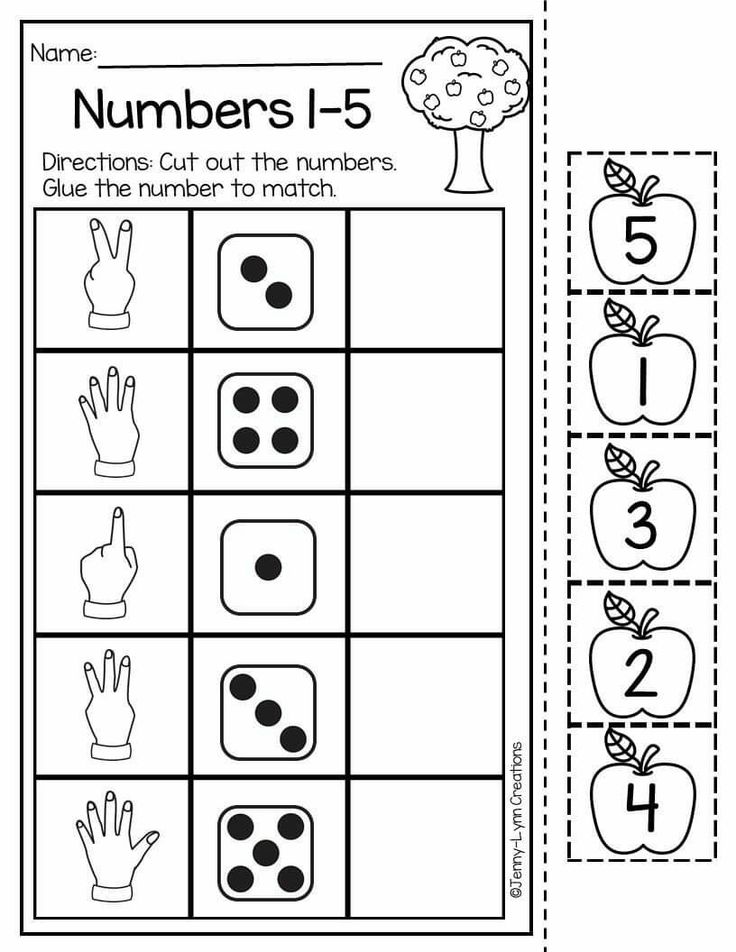 It is also an excellent guide for mastering the basic rules of behavior on the road. The game develops the imagination and will be a great plan for Sunday evening.
It is also an excellent guide for mastering the basic rules of behavior on the road. The game develops the imagination and will be a great plan for Sunday evening.
5. Lazy Pioneer Ball
To play, you will need a balloon and string. The room is divided into two parts, you can put the rope on the floor or stretch it between the walls. Participants are divided into two teams and disperse on opposite sides of the rope. Instead of a ball, here is an inflated balloon. The basic rule is that you cannot get up - you can only play while sitting on the floor, and at the same time you must not allow the ball to touch the floor. Each such touch will be a point for the opposite team.
GENERAL RECOMMENDATIONS:
- The rules of the game must be clearly stated and understood by all participants.
- Each participant in the game must take part in it. Observation is also participation, the child can join when he is ready.
- Play must not put children at risk or endanger their health.
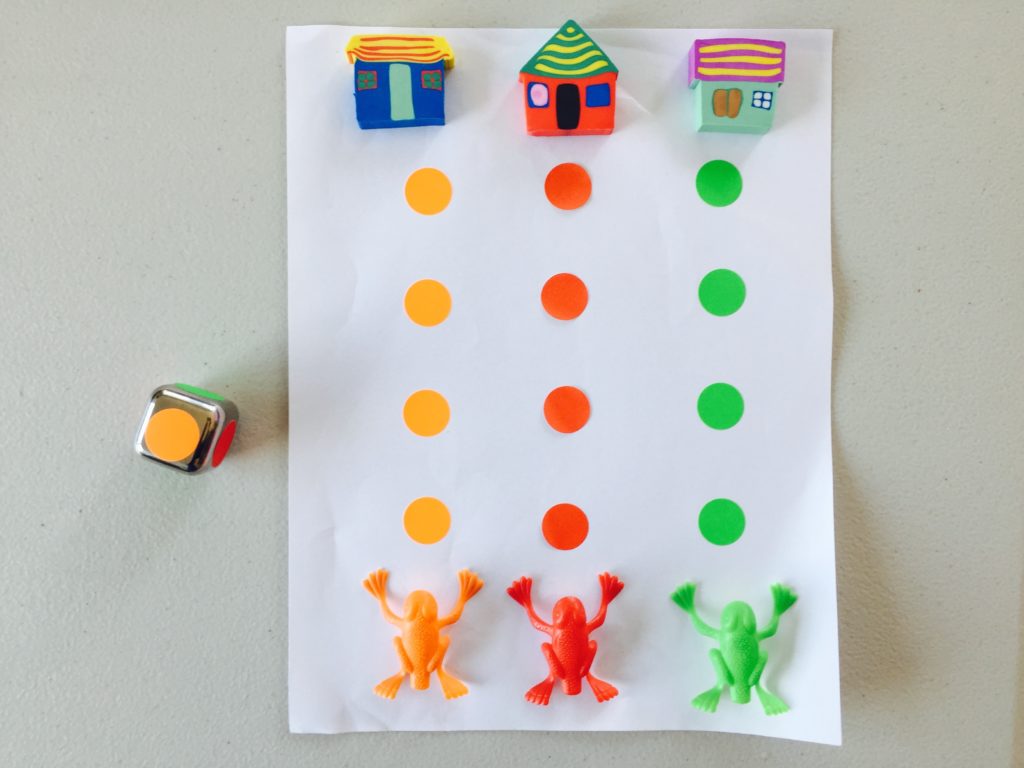
- Games should solve both motor and learning tasks.
- The game should not be left unfinished.
Educational games for children aged 3-4 with parents at home
For a 3-4 year old child, play is the main way to interact with the world. In the game process, the child develops logic and thinking, trains memory, expands communication skills, and strengthens physically. We have collected games that will appeal to both the baby and his parents, because they will be not only fun and interesting, but also useful.
Article content:
- Outdoor games
- Educational games
- Educational games
- Tips for parents
- Terminals
Outdoor games
Active games are aimed primarily at physical development. The kid improves coordination, attention, endurance. Regular activity strengthens the immune system and is the best prevention of diseases. Find out what you can play with your child at home or on the street.
Find out what you can play with your child at home or on the street.
-
Keeping balance. The parent lays out a rope or a long rope (such as a linen rope) on the floor. The child should walk along it, spreading his arms to the sides. The game can be made more difficult. For example, a child can carry a glass of water in his hands (of course, plastic) or hold a small book on his head.
-
Collecting flowers. For this game, you will need several squares of colored paper, as well as a path, which can also be made from paper or, for example, a long scarf. The track is placed on the floor, pieces of multi-colored paper are scattered around it. We imagine that we are walking along a path, on both sides of which flowers grow. The facilitator (parent) periodically says how many and what flowers need to be collected. For example, 3 yellow or 5 red. The child stops and collects the right flowers. This game not only teaches coordination, but also distinguishes colors and recognizes numbers.
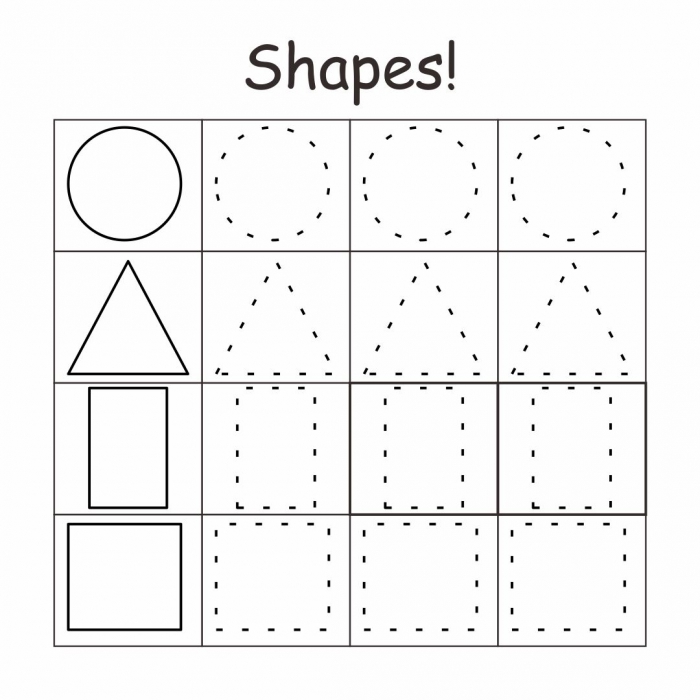
-
Sly fox. A mobile game that children love very much. It is more interesting to play it when there are many participants, but you can also play it together. The participants stand in a line, and the leader moves a few meters away and turns his back. The task of the player is to reach the leader. But you can only go when he is not looking! And when the leader turned, the participant must freeze, or they will have to go to the start.
-
Traffic light. For this game, you need to prepare red, yellow and green circles that can be made from colored paper. Each color represents a specific action. For example, the host shows a green circle - the child is running, yellow - jumping on 1 leg, red - crouching, etc. The game can be started with three signals, but when the baby remembers them, complicate and add new ones.
Educational games
All games are educational for a child. But adults by developing games usually mean those that are aimed at studying any objects, phenomena.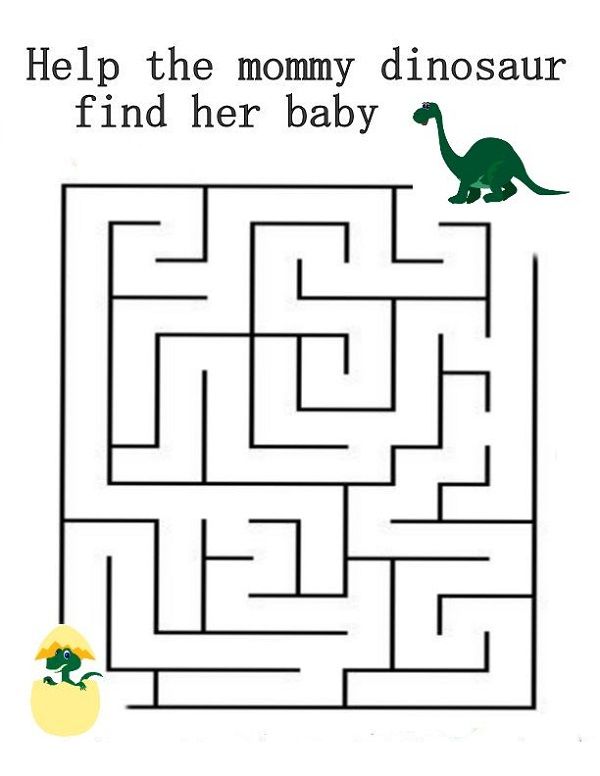 Such games develop intelligence, broaden horizons, improve memory, attention and speech.
Such games develop intelligence, broaden horizons, improve memory, attention and speech.
On the development of motor skills
The development of fine motor skills directly affects the formation of speech, self-service skills, thinking, memory. At home, you can use various household items for games: buttons, clothespins, colored pasta, pencils, etc. On the street you can take cones, chestnuts, sticks. Consider several options for games for the development of motor skills.
- Piggy bank. Let's take 2 cans. Pour beans into one of them, and leave the other empty. A cover with a small slot is put on the second. The task of the child is to shift the beans from one jar to another. Alternatively, you can use the steam container from the multicooker (with small round holes). You can put pasta in them.
- Drawing with groats. PVA glue is applied to a sheet of paper, cereals are poured on top in a certain order. You can use semolina, wheat groats, buckwheat to create multi-colored patterns.
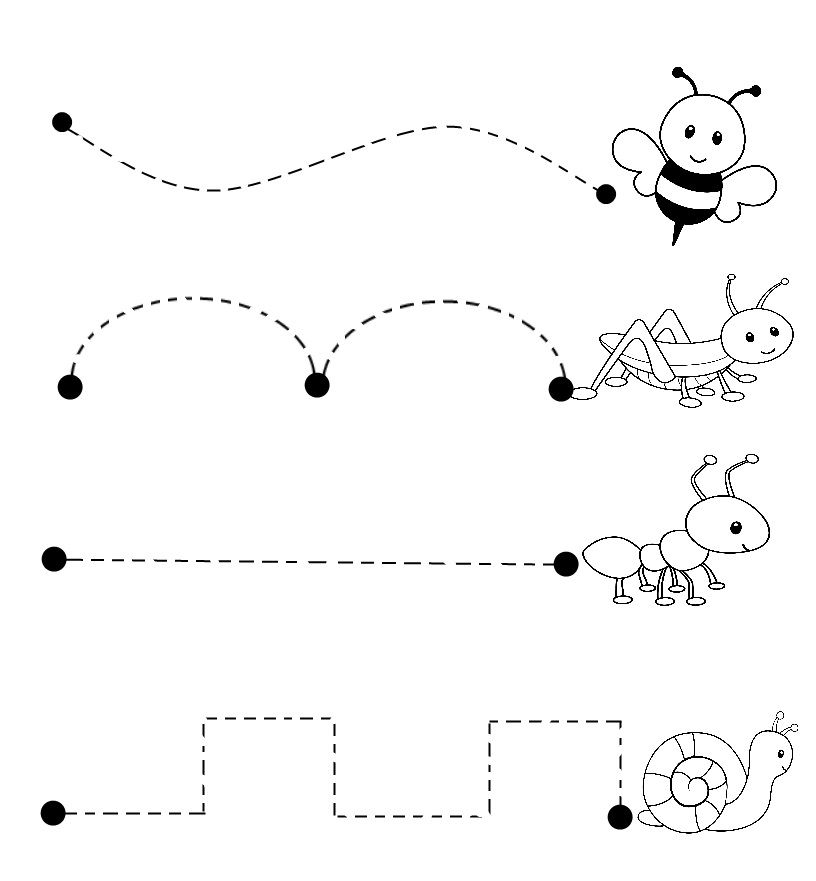
- Beads. The child is given a fishing line on which objects must be strung. It can be beads, buttons and even drying. Objects should not be too small, otherwise it will be difficult for the child to cope with them.
- Flower. Cut out a circle from paper - this will be the base of the flower. We will give the child colorful clothespins. He should attach them in a circle as if they were flower petals. In parallel, you can memorize colors and lay them out in a certain sequence.
For the development of logic
Logical connections are a very important part in the development of a child's thinking. To understand why and why, simple and exciting tasks will help.
- Find the extra. For this educational game, you will need special cards or sheets that can be found on the Internet and printed. The task for this age usually contains four simple subjects, one of which does not fit into the group for a certain reason.
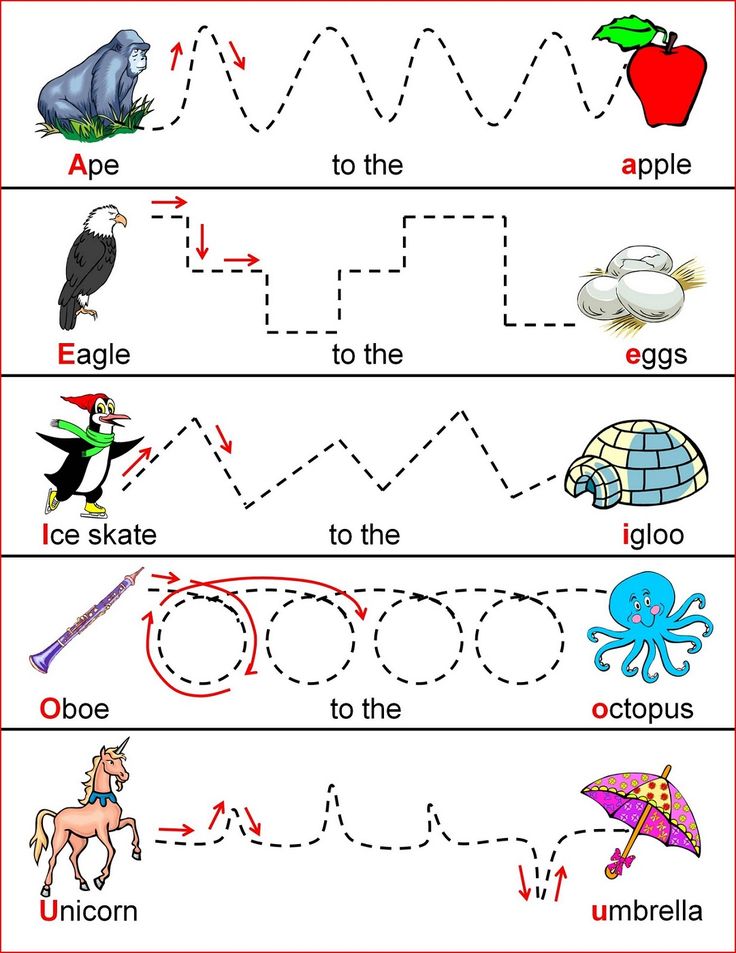 These can be color, shape, skills (for example, flies - does not fly), the purpose of the object (clothes, dishes, etc.) and other signs. It is important to allow the child to think independently.
These can be color, shape, skills (for example, flies - does not fly), the purpose of the object (clothes, dishes, etc.) and other signs. It is important to allow the child to think independently. - Divide into groups. A similar task, but here you need to select from the abundance of objects those that belong to a certain group. For example, vegetables, fruits, pets, toys, etc.
- Say the opposite. A child at 4 years old already understands what antonyms are, that is, words with the opposite meaning. The parent says "hot" - the child answers "cold", etc. Use understandable words: quiet-loud, white-black, sad-cheerful, deep-shallow, wet-dry.
- Who needs what. This game requires a ball. The facilitator says the profession, for example, "doctor", and throws the ball to the child. He must answer what the doctor may need (thermometer, syringe, white coat) and throw the ball back.
For the development of speech
It is important to develop speech from birth.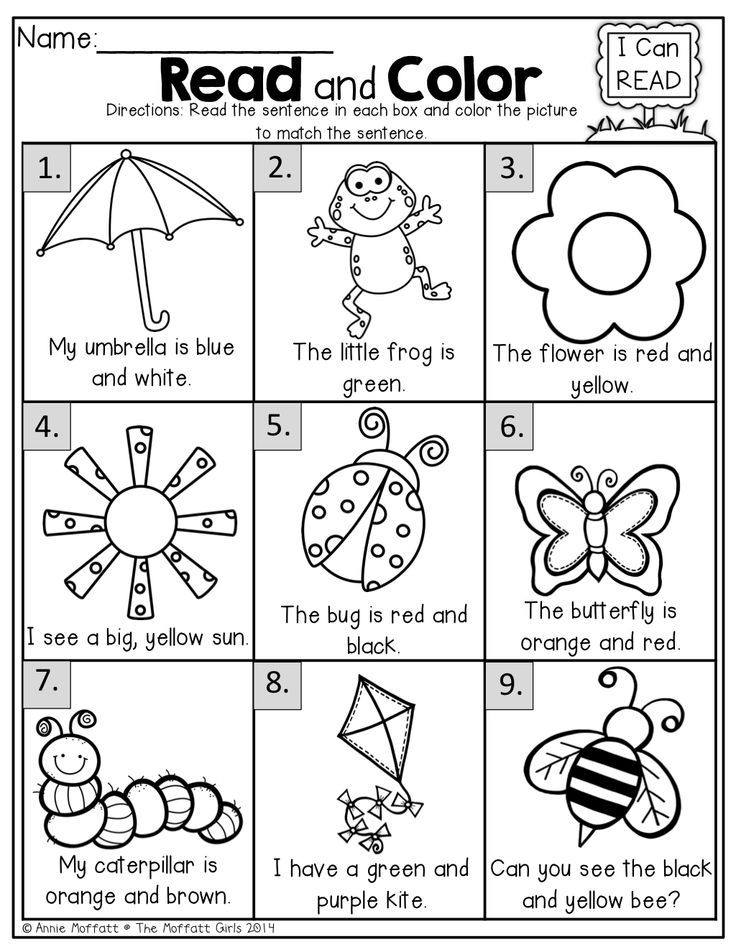 Talking even with a baby who is still silent seems strange, but in fact it is an investment in his future. Often, already studying at school, children cannot connect several sentences into a logical text, retell what they read, or talk about some event. To prevent this from happening, at 3-4 years old you can offer such home games with children.
Talking even with a baby who is still silent seems strange, but in fact it is an investment in his future. Often, already studying at school, children cannot connect several sentences into a logical text, retell what they read, or talk about some event. To prevent this from happening, at 3-4 years old you can offer such home games with children.
- Describe the item. For this game, you need to collect several toys and put them in a box. The child takes out a toy and describes it. For example, the girl took out a doll. She can tell what size the doll is, what color her eyes and hair are, what clothes she is wearing, and come up with a name for the doll.
- Tell me from the picture. For this game, you will need an illustration of some popular fairy tale (again, you can find it on the Internet and print it out, or just show it on the screen). The child must tell what he sees in the picture, what happened first and what happened later, how the story ended.
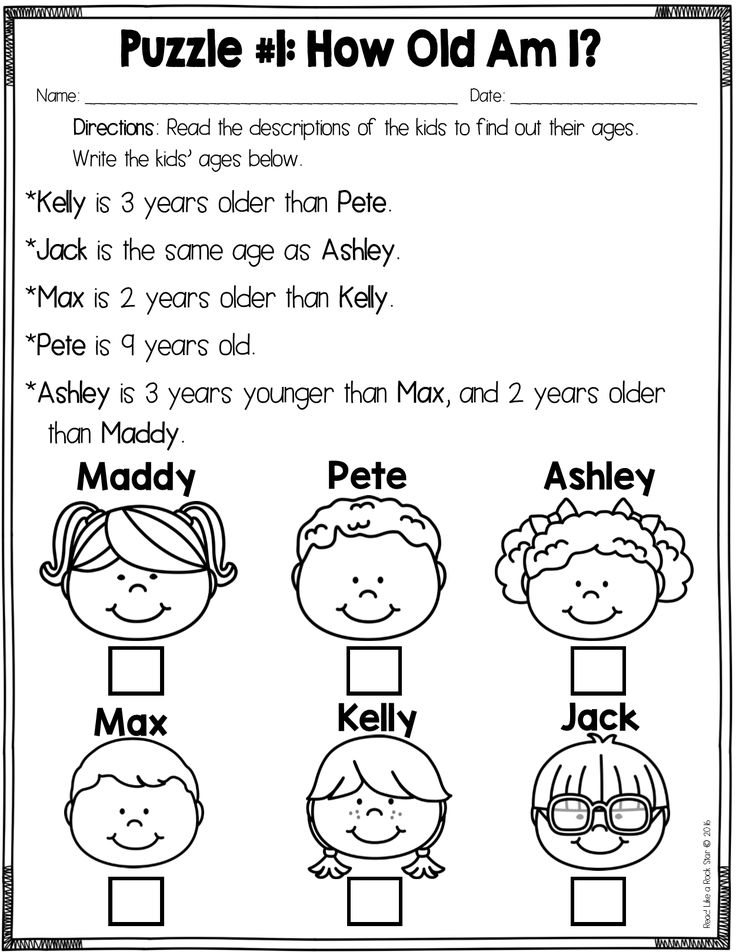
- Everything is messed up. For this game, you can take the plot of a fairy tale that the child knows well. In telling it, you need to make mistakes. For example, the animals did not let the fox into Teremok, or Little Red Riding Hood went not to her grandmother, but to her friend. The kid must understand what is wrong in the fairy tale. You can dream up and compose your own fairy tale, in which the end will be different.
Educational games
At the age of 3, you can introduce your child to letters and numbers. The number is average, sometimes more developed children show interest in letters even at 2 years old. But there is no need to rush and force the baby to study - this will only discourage the desire to learn new things.
For learning to read and write
A popular technique for learning letters is to hang cards in different places in the apartment/room. And you can do this without even waiting for the age of three. Cards with letters should be bright, arouse the interest of the child. If the baby does not ask what kind of letter it is, you should sometimes pronounce them on your own. You can hang a card with a letter on an object that begins with it. For example, hang the letter L on a chandelier, and the letter T on a TV. Periodically, cards need to be changed, outweighed in other places.
Cards with letters should be bright, arouse the interest of the child. If the baby does not ask what kind of letter it is, you should sometimes pronounce them on your own. You can hang a card with a letter on an object that begins with it. For example, hang the letter L on a chandelier, and the letter T on a TV. Periodically, cards need to be changed, outweighed in other places.
The following ideas are useful for learning about letters.
- Application. Cut out large letters from paper. For decoration, you can use cereals (motor development!), Cotton wool, fabric, beads, sparkles - whatever you like. When decorating a letter, be sure to pronounce it many times so that the baby remembers what it is called.
- Find the letter. Print the letter in several copies. Keep one for yourself, hide the rest in the children's room. Show the child a picture with a letter: "This is the letter O. Find 3 more such letters." At the same time, the letters should be hidden so that they are not difficult to find, you can give the baby hints.

- What's in common? Place items (or images of items) that begin with the same letter in a bag. The child must take them out and pronounce the names aloud, and then guess which letter was guessed.
When the child knows all the letters of the alphabet, you can move on to the study of syllables and words. To do this, write syllables or simple words of 3 letters on cardboard squares. These will be houses. Then take small toys, for example, from kinder surprises, and find a house for each toy. At the same time, pronounce: the horse lives in the “MA” house, the squirrel lives in the “CO” house, the bunny’s house is called “KY”, etc.
For teaching math
Educational games with numbers are the foundation of learning mathematics for a child of 3-4 years old. They teach not only to memorize numbers, but also to compare, solve simple problems.
- Construction site. This game is suitable for both boys and girls.
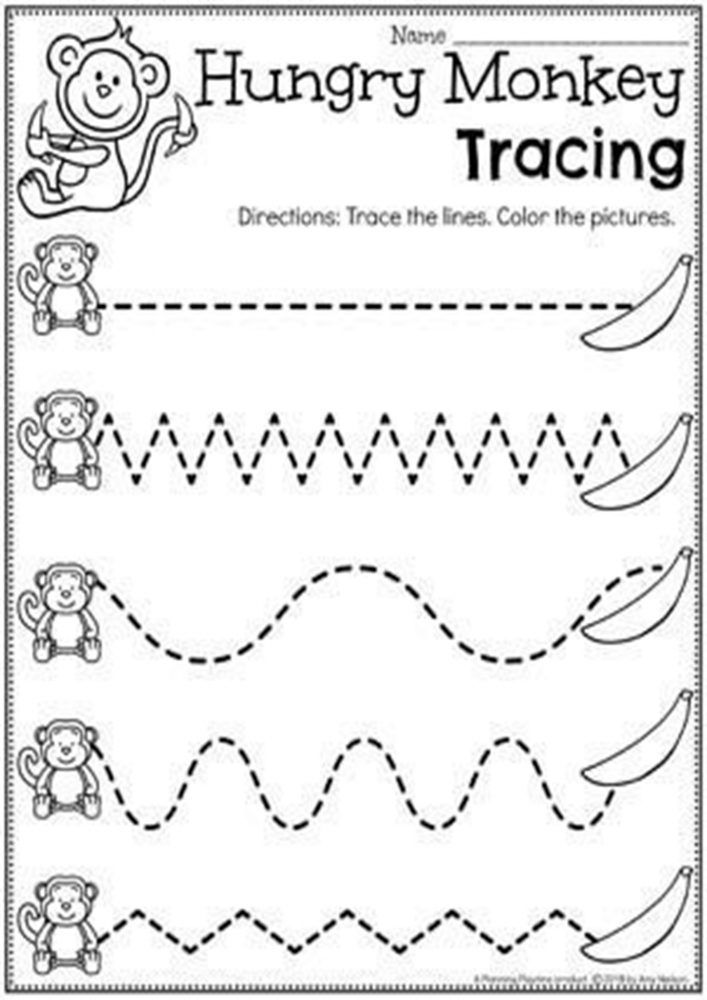 Build a brick house with your child. In this case, you need to determine how many floors there will be in the house, and how many apartments (cubes) on each floor. For example, on the 1st floor - 4 cubes, on the second - 3. To complicate it, you can take cubes of different colors and give tasks not only with numbers, but also with color (2 yellow cubes for the third floor).
Build a brick house with your child. In this case, you need to determine how many floors there will be in the house, and how many apartments (cubes) on each floor. For example, on the 1st floor - 4 cubes, on the second - 3. To complicate it, you can take cubes of different colors and give tasks not only with numbers, but also with color (2 yellow cubes for the third floor). - Engine. Make cards with numbers from 1 to 10 and invite your child to make a train out of them. Only for this you need to arrange all the cards in order, from 1 to 10. If everything is done correctly, the train will go on a journey.
- Count the candies. Take two dolls (bears) and put them at the table to drink tea with sweets. Give one doll 2 candies, and the other 3. You can ask: “who has more candies”, “how many candies do two dolls have”. Then more dolls can come to visit, while the hostess will have to share the sweets equally among everyone. This game teaches not only to count, but also to think logically.
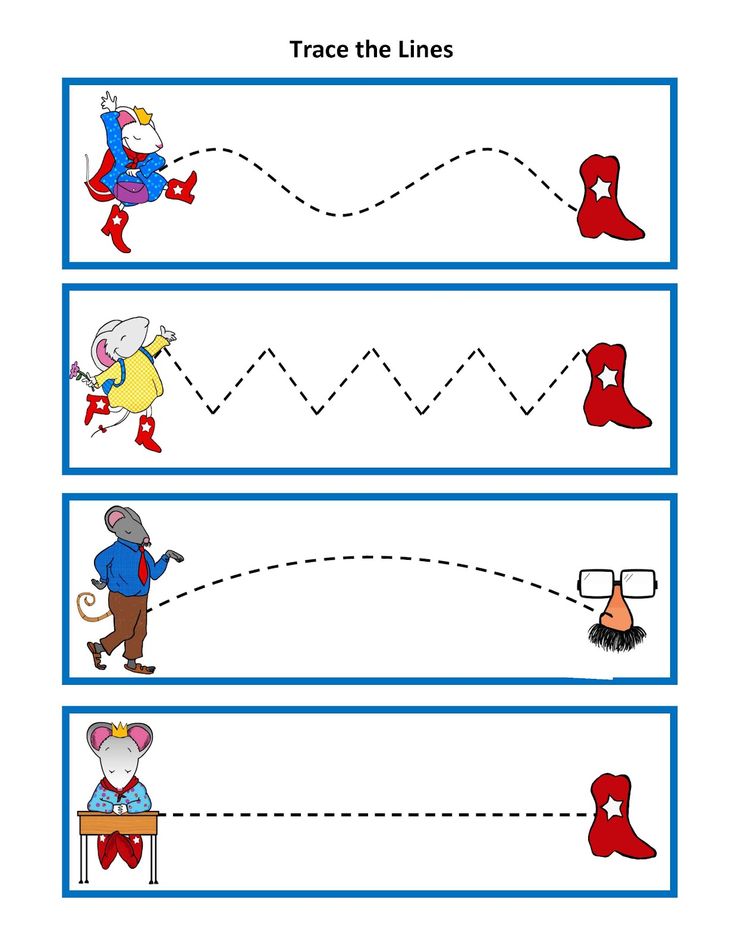
- One-many. Play a mindfulness game. You can ask the child: “What items are many in the room? And what subject is one? For example, in the kitchen there are many plates, but there is only one table.
Tips for parents
In conclusion of the article, we will give some important recommendations.
- For a baby, the game process itself, the action, and not the final result, is important. You should not be upset and even more so scold the child if the elephant you made looks more like a snowman.
- The rules of the game should be simple and clear. At the same time, it is necessary to leave room for creative improvisation. It develops imagination and initiative.
- Not all games may appeal to a child. You need to feel the mood of the crumbs and, if necessary, stop the game.
- Exercise regularly with your child. Try to set aside at least 15 minutes a day for joint activities.

Learn more

